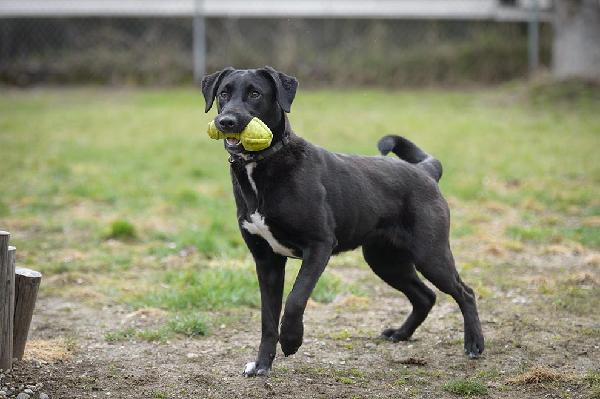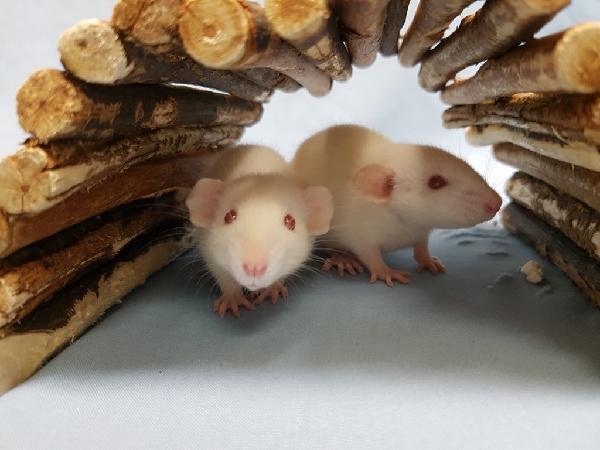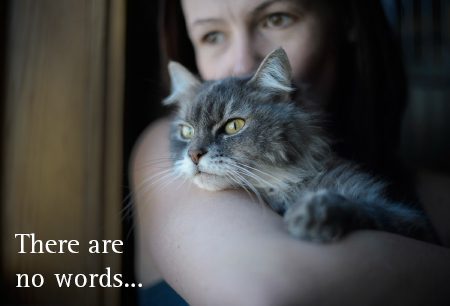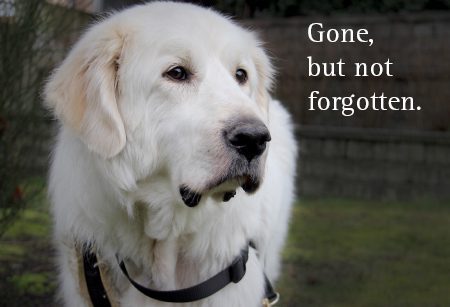The BC SPCA is opposed to the feeding of live vertebrates to companion, farm, exotic or zoo animals. This practice is unnecessary as these animals will never be released to the wild or need to develop the skills to catch and eat live prey.
The BC SPCA recognizes there are limited situations when the feeding of live prey to injured or orphaned wild animals in rehabilitation (e.g. raptors) may be necessary to ensure the patients can hunt successfully when released; only under certain circumstances is this permissible. Wild animals with previous hunting experience and no impairments that would prevent hunting in the wild do not require to be fed live prey in rehabilitation care. Wild animals that are in permanent captivity in rehabilitation as display, foster or breeding animals also do not require live feeding as they will not be released to the wild.
All prey animals raised for food should be provided with the Five Freedoms. Prey species should be sourced from reputable businesses that humanely raise and euthanize these animals for food purposes only.
The use of live prey in rehabilitation should always be conducted under the supervision of professional wildlife rehabilitators who have the ability to euthanize the prey immediately if the predator is unsuccessful in doing so. Further, the fewest number of live prey animals that confirms the patient’s ability to hunt should be used.
Approved by the Board of Directors – July 2012
Background
In order to provide injured and orphaned wild animals the necessary tools to be successful when returned to the wild, feeding live prey may be required in certain rehabilitation cases. The development of hunting skills is necessary before release, and the International Wildlife Rehabilitation Council and National Wildlife Rehabilitators Association recommend predators in rehabilitation must be given the opportunity to recognize and kill live prey.
Many nutritional needs of wildlife in temporary captivity are met through fruits, vegetables, grains, nuts, seeds and eggs, as well as packaged pet and specialty foods. Further, to meet the natural dietary requirements of particular wild animals, both live and dead fish, shellfish and insect products are regularly provided. However, for certain species – such as owls, hawks and falcons – their diets in the wild are composed mostly of rodents and small birds. Although both these prey items are commercially available frozen and widely used in rehabilitation, there are rare times when the feeding of live prey is necessary.
For example, an orphaned owl chick raised in captivity does not have previous experience in the wild to catch a live rodent. Releasing a healthy juvenile owl without knowing if it had the ability to hunt live prey would be inhumane as it may die of starvation. An adult hawk with head trauma from being hit by a car can suffer neurological damage that may impair its ability to ever hunt again. Rehabilitators must know that the hawk has full capacity to hunt live prey again before release.
To date, few research studies have compared the post-release survival of wild animals fed live prey during rehabilitation to the survival of wild animals released without this training. The BC SPCA strongly recommends that more scientific study be undertaken to determine the post- release effects of live feeding in rehabilitation, and encourages the development of best practices for live feeding in rehabilitation to reduce the number of prey individuals required for testing.
Background Updated – July 2012
References
Moore AT and Joosten S 1997 NWRA Principles of Wildlife Rehabilitation: The Essential Guide for Novice and Experienced Rehabilitators. St. Cloud, MN: NWRA
Miller EA 2000 Minimum Standards for Wildlife Rehabilitation (3rd ed.). St. Cloud, MN: NWRA & IWRC
Definitions
Five Freedoms: A concept first developed in 1965 by The Brambell Committee, formed by the UK government to examine the conditions on commercial farms. Now internationally recognized, the Five Freedoms are considered applicable to all animals.
The BC SPCA’s Five Freedoms (adapted from the original list) are:
- Freedom from hunger and thirst;
- Freedom from pain, injury and disease;
- Freedom from distress;
- Freedom from discomfort;
- Freedom to express behaviours that promote well-being.
The BC SPCA’s Five Freedoms form the basis of the Society’s Charter and describe conditions that must be fulfilled in order to prevent the suffering of all animals in human care. The Society acknowledges that these freedoms are not enforceable and that absolute provision of these freedoms may not be possible, but strongly encourages all animal guardians to strive to provide them.
Humane: Actions that promote good welfare and minimize suffering.
Professional wildlife rehabilitator: An individual with formal training in wild animal care and natural history, permitted by applicable government agencies to provide medical treatment and husbandry to injured and orphaned wildlife. Such persons should adhere to minimum international wildlife care standards, participate in regular professional development and maintain membership to regional and national wildlife rehabilitation associations.
Vertebrate: An animal member of the subphylum Vertebrata. Also known as chordates that have backbones and spinal columns, vertebrates include but are not limited to fish, amphibians, reptiles, mammals and birds.





